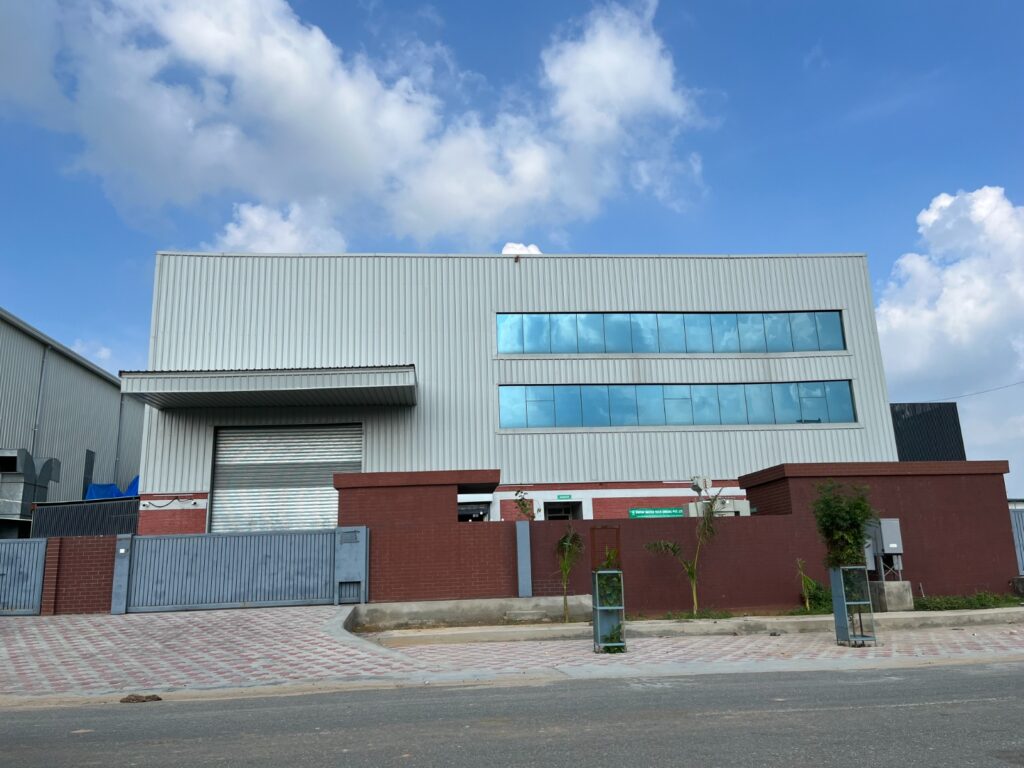Applications
Chemical Industry
Water and wastewater treatment in the chemical industry is essential for managing the water resources, ensuring compliance with environmental regulations, and minimizing the environmental impact of chemical manufacturing processes.
Here are some key aspects of water and wastewater treatment in the chemical industry:
- Source Water Treatment: Chemical manufacturing facilities require a reliable and consistent supply of high-quality water for their processes. Source water treatment involves the removal of impurities, suspended solids, and potential contaminants from the raw water sources, such as rivers, lakes, or groundwater. Treatment processes may include filtration, sedimentation, coagulation, and disinfection to ensure the water meets the quality requirements for the specific chemical production processes.
- Process Water Treatment: Within the chemical manufacturing processes, water is used for various purposes such as cooling, cleaning, dilution, reaction, and solvent. Process water treatment involves the treatment of water used in these processes to remove impurities, chemicals, and contaminants introduced during the manufacturing operations. Treatment technologies such as filtration, ion exchange, chemical dosing, and membrane processes are employed to maintain the water quality and prevent contamination of the final products.
- Chemical Effluent Treatment: The chemical industry generates wastewater that contains a diverse range of contaminants, including organic compounds, heavy metals, acids, alkalis, and toxic substances. Effluent treatment plants (ETPs) are employed to treat and remove these pollutants from the wastewater before it is discharged into the environment or reused. Treatment processes used in ETPs may include physicochemical treatment (coagulation, flocculation), biological treatment (activated sludge, bioreactors), advanced oxidation processes (AOPs), and membrane technologies (reverse osmosis, ultrafiltration) to achieve the required effluent quality standards.
- Hazardous Waste Treatment: The chemical industry also produces hazardous waste streams that require specialized treatment. These waste streams may include spent solvents, acids, alkalis, heavy metal sludges, and other chemical residues. Hazardous waste treatment involves processes such as neutralization, precipitation, stabilization, or incineration to render the waste safe for disposal or to recover valuable resources from the waste.
- Water Recycling and Reuse: To minimize water consumption and optimize resource utilization, water recycling and reuse systems are implemented in the chemical industry. Treated wastewater from different stages of the treatment process is often reused within the facility for non-critical purposes such as equipment cleaning, irrigation, or cooling tower makeup water. Advanced treatment technologies like reverse osmosis, advanced oxidation, or membrane processes may be employed to ensure the quality of recycled water meets the specific requirements for reuse applications.
- Zero Liquid Discharge (ZLD) Systems: In some cases, the chemical industry aims to achieve zero liquid discharge by treating wastewater to recover and reuse all the water, leaving behind only solid waste. ZLD systems employ advanced treatment processes such as reverse osmosis, evaporators, crystallization, and sludge dewatering to concentrate the wastewater and extract water for reuse, while minimizing liquid waste discharge.
Water and wastewater treatment in the chemical industry require careful consideration of the specific contaminants, chemical compositions, process requirements, and regulatory standards. By implementing effective treatment processes, the chemical industry can protect the environment, ensure the safety of water resources, and promote sustainable practices in chemical manufacturing.

